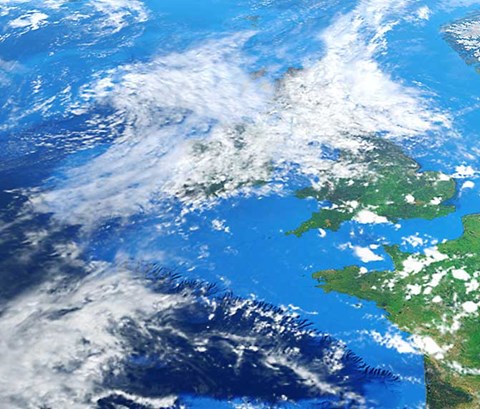
School of Geography, Geology and the Environment
School of Geography, Geology and the Environment
We are a vibrant community with a successful culture of research and teaching, and our researchers are involved with major national and international initiatives addressing the most challenging research questions.
We deliver high-quality, research-led teaching across the breadth of the geosciences and geography for our undergraduate and Masters degree programmes. We equip all our graduates with the knowledge and technical expertise required to address the complex challenges that are facing society both now and in the future.
The School of Geography, Geology and the Environment is part of the College of Science and Engineering.
The University’s research is ranked 30 in the UK in the Research Excellence Framework 2021, according to analysis by Times Higher Education.